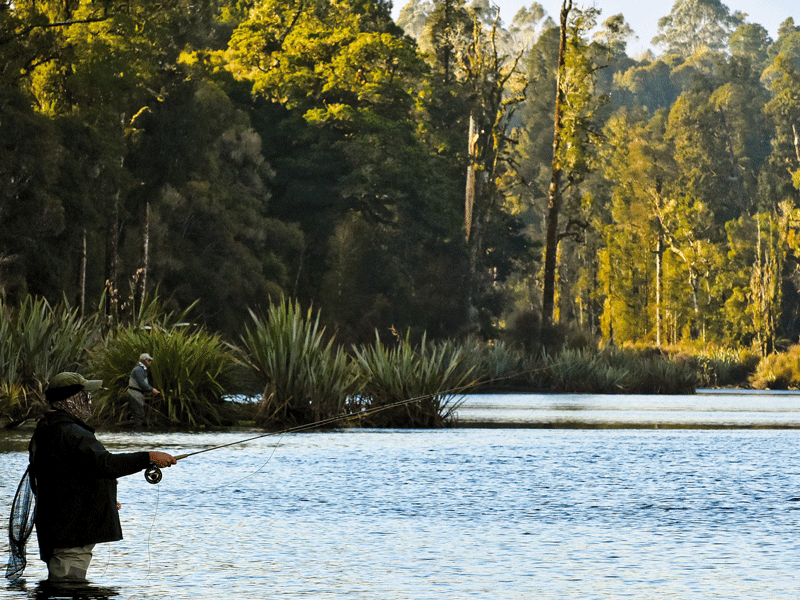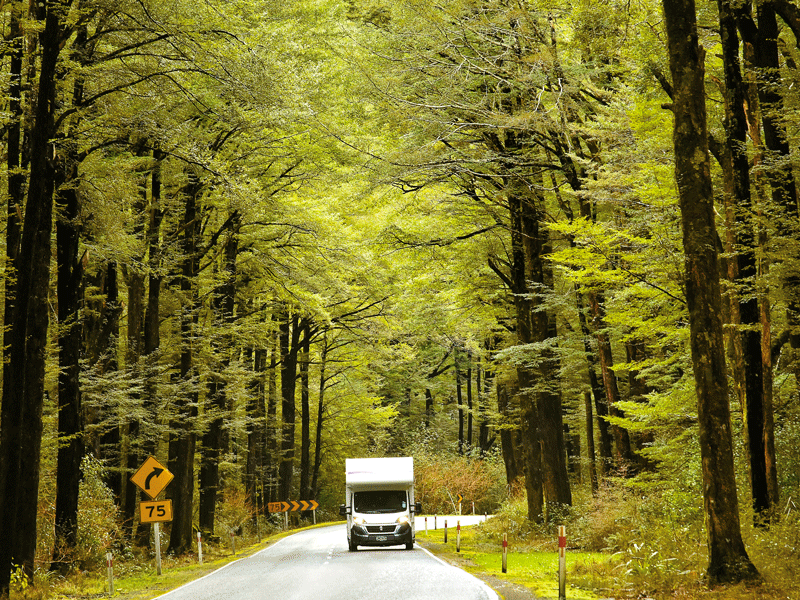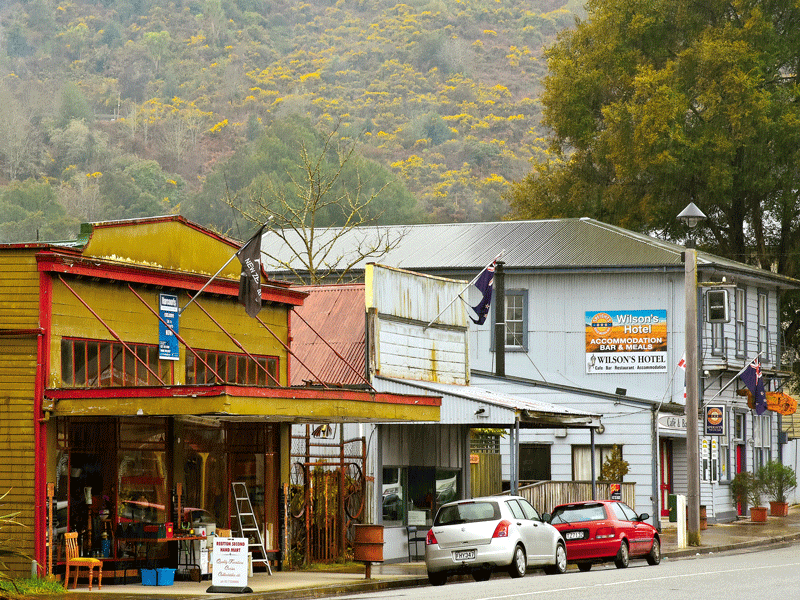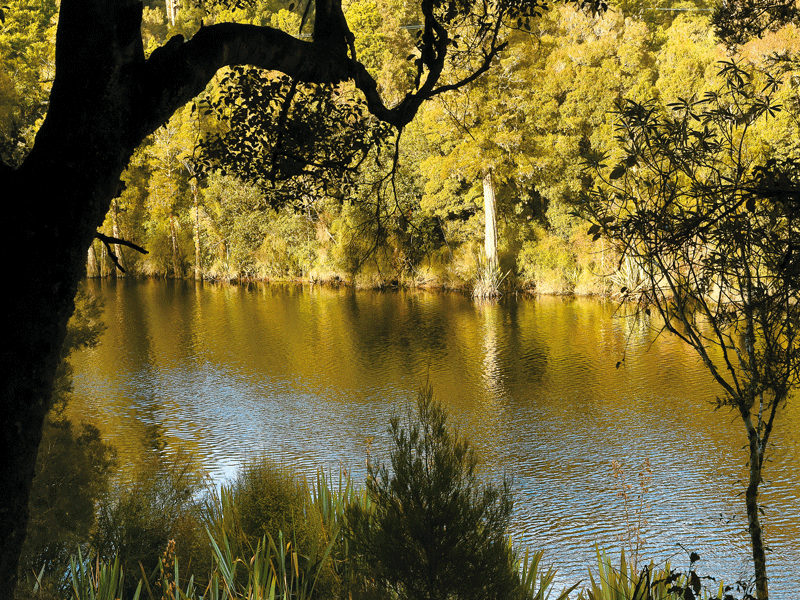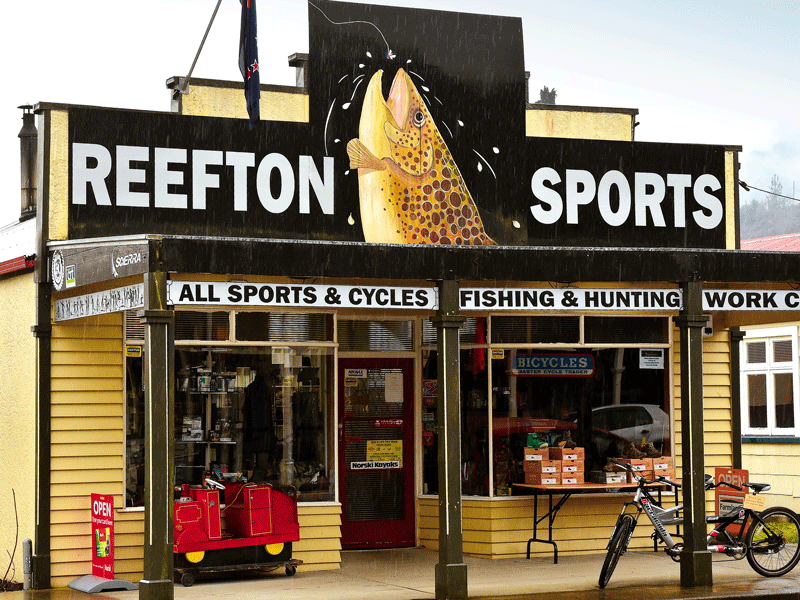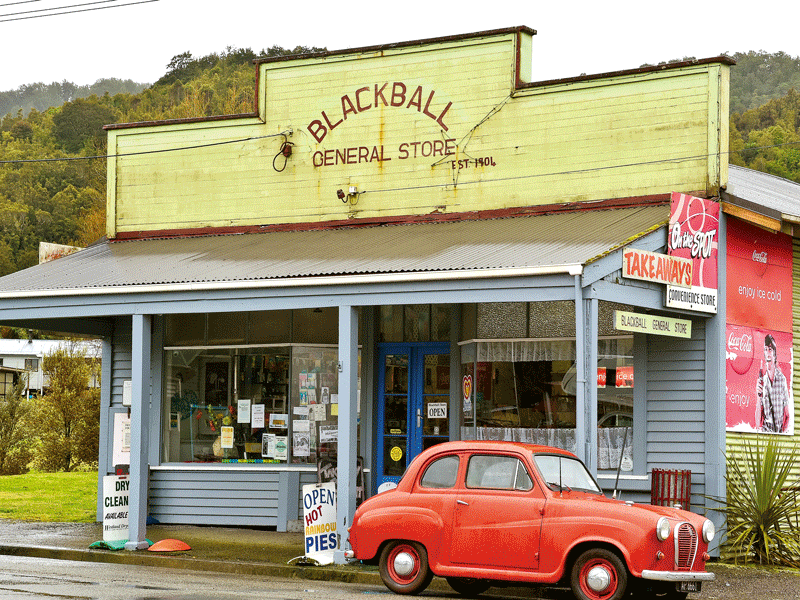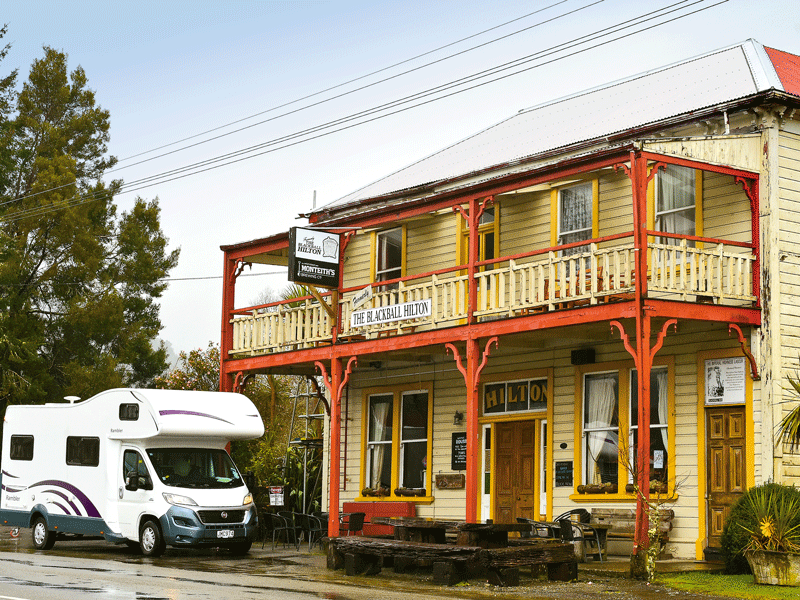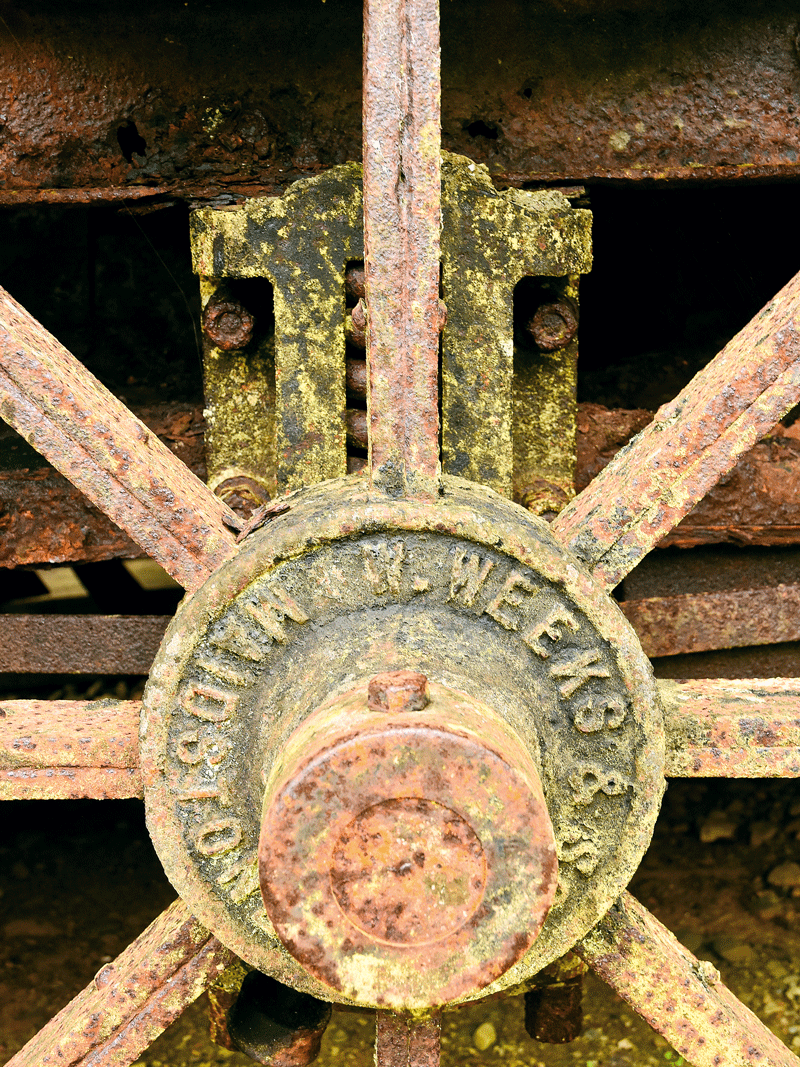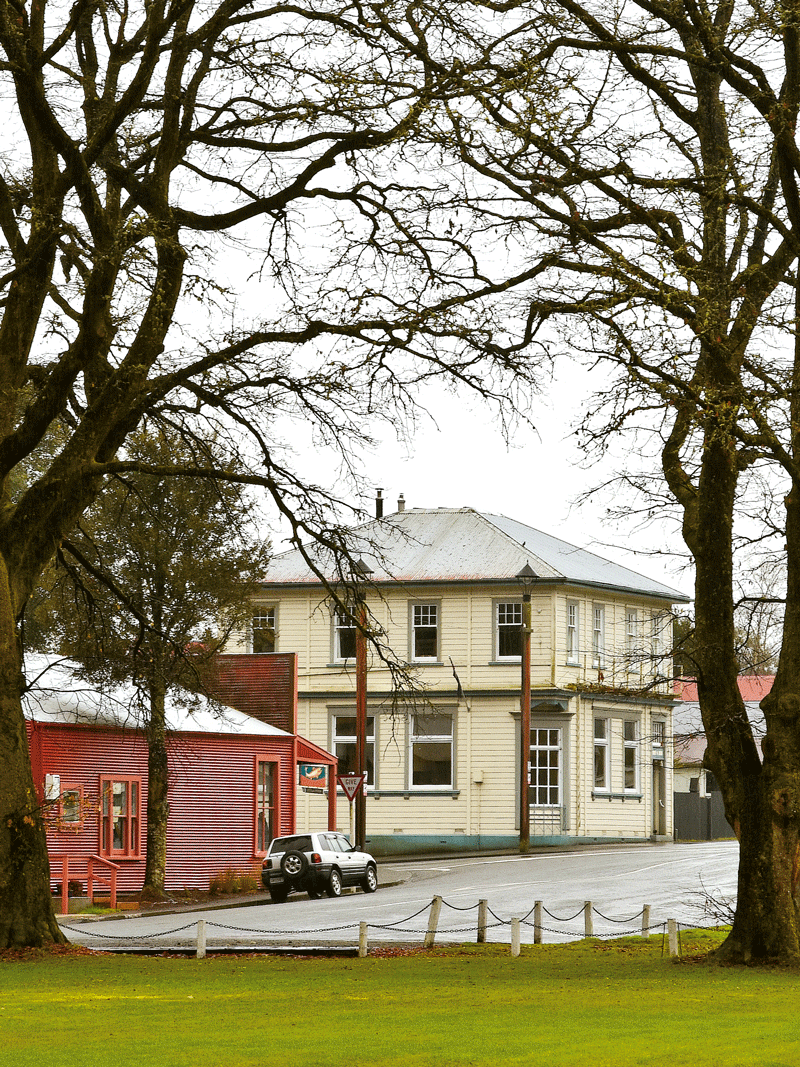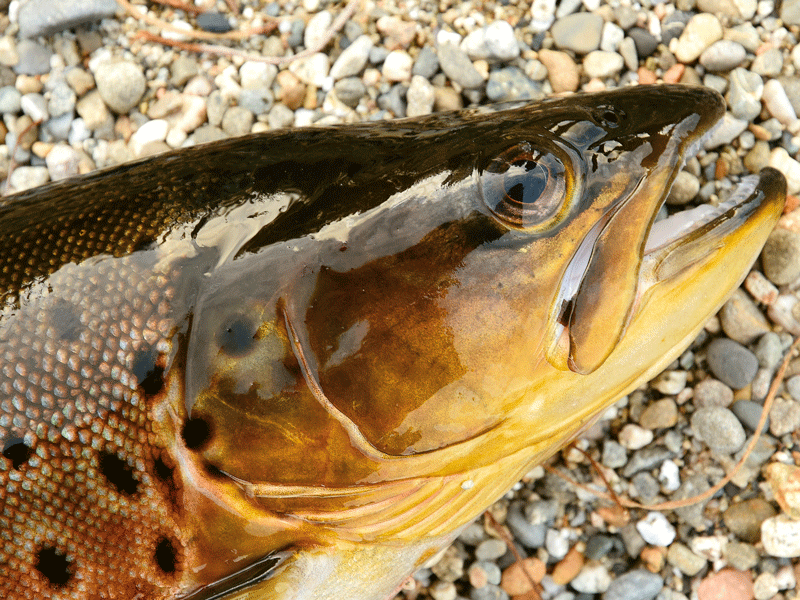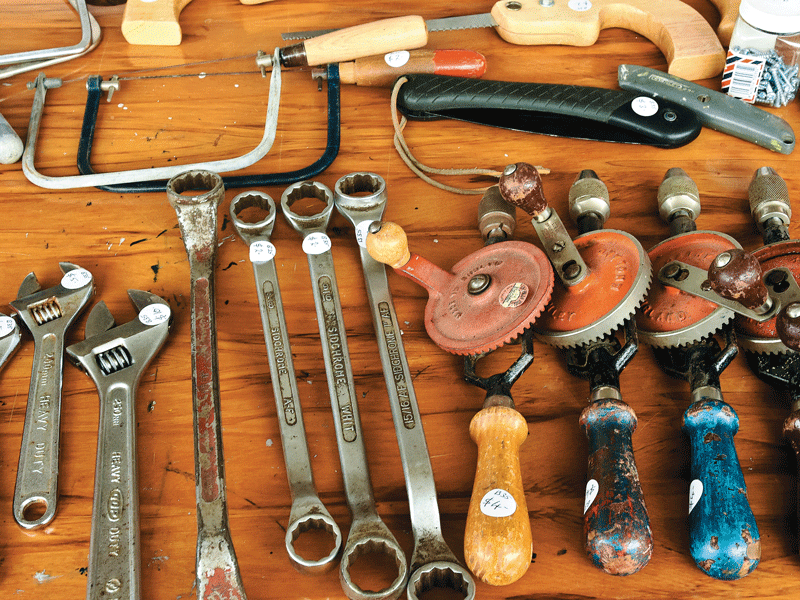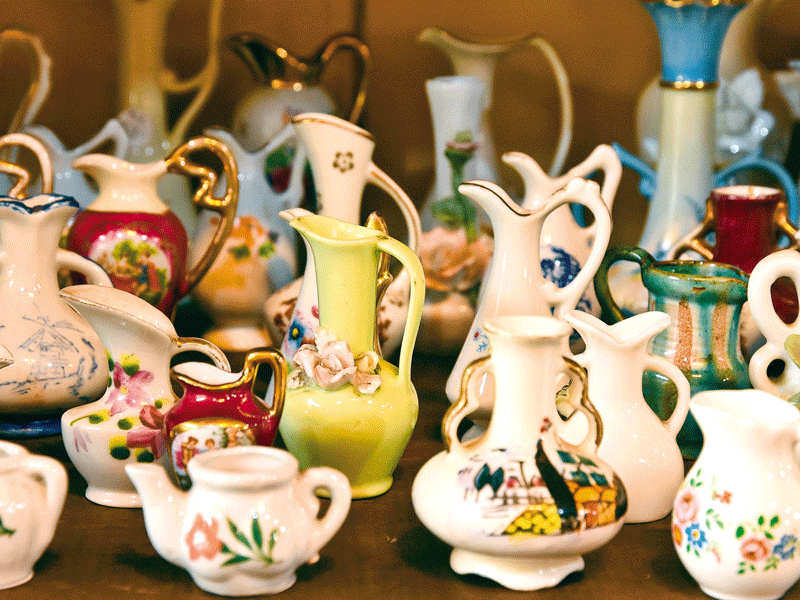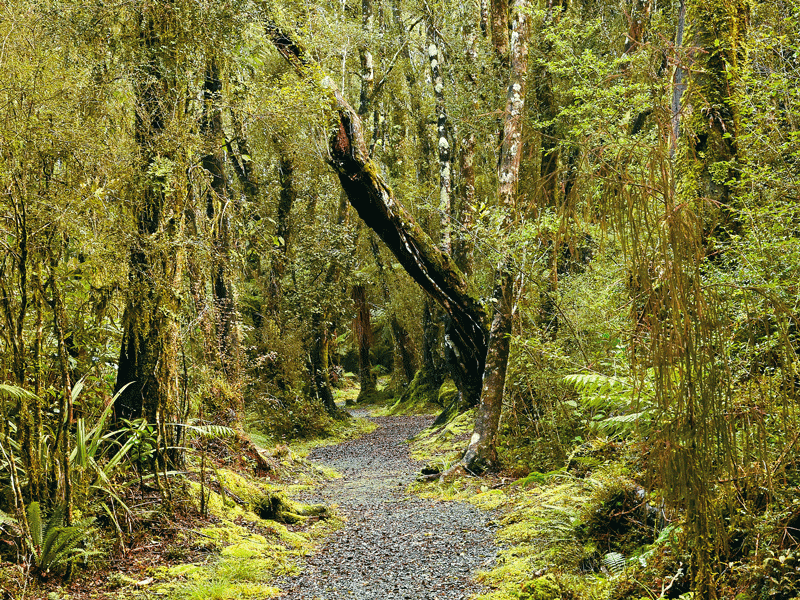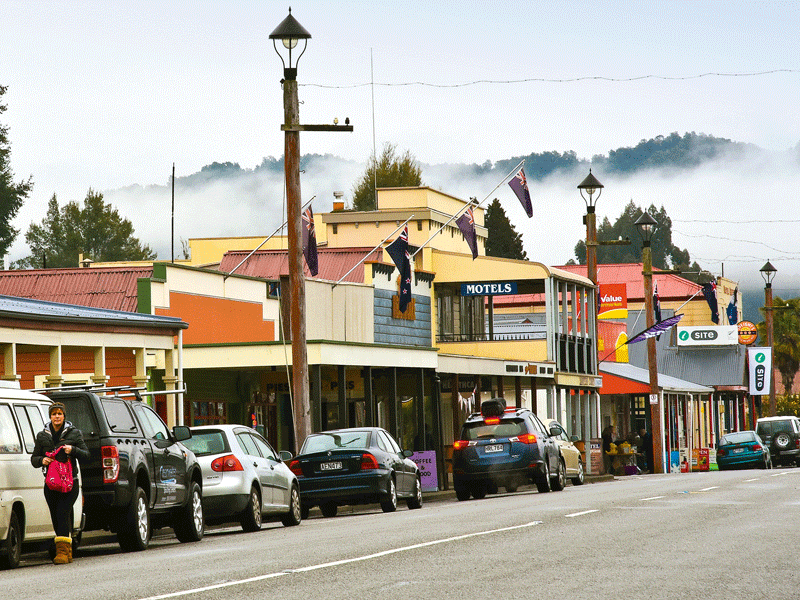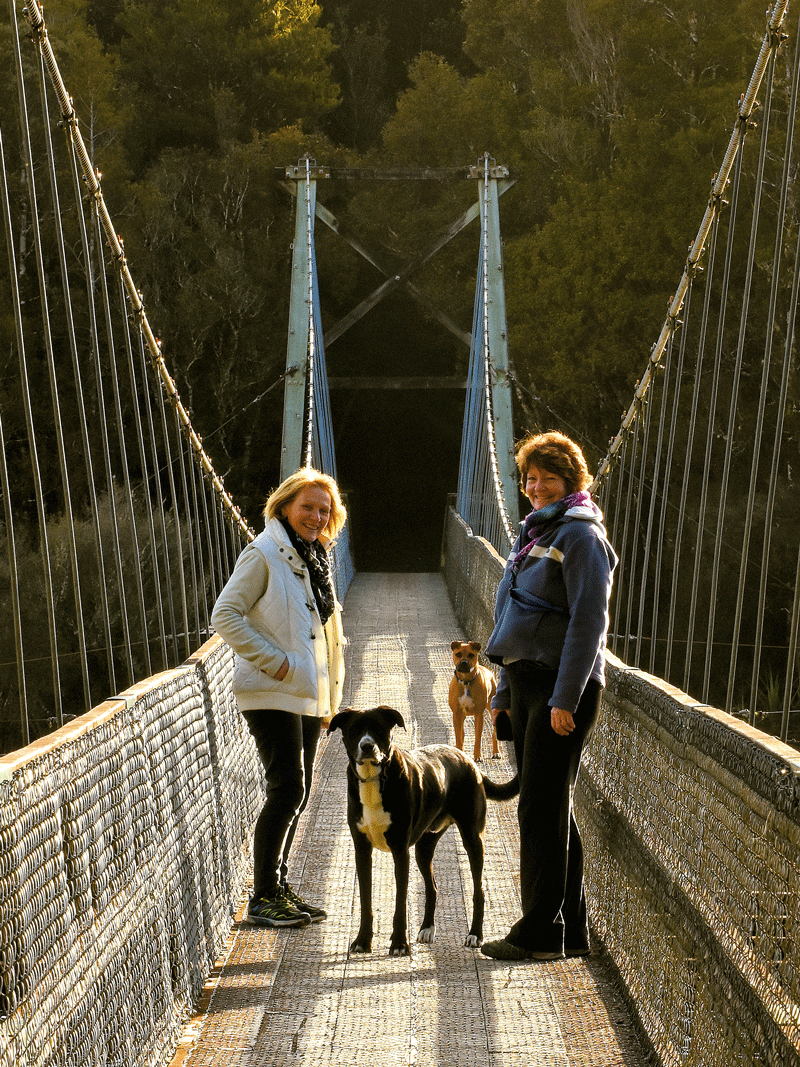Angel mist they call it. It is not quite heavy enough to be rain or to need an umbrella, but tiny drops of moisture settle and sparkle on my hair and jersey. Initially, I am disappointed. We love sunshine, but mist and cloud complements the West Coast. The rainforest glows green and grows prolifically, the clear rocky rivers run briskly, and smoke curling from the chimneys of century-old houses speak of a cosy heritage lifestyle that has long been lost in much of the rest of New Zealand.
West Coast
We arrive on the West Coast from Lewis Pass. The road from Springs Junction to Reefton runs through Victoria Forest Park and is one of New Zealand’s many magnificent drives. It climbs steeply alongside the Rahu River to the saddle. After that, it is a long and gentle amble west beside the Inangahua River. The river begins as a feisty little stream jumping over rocks, and by the time it arrives at Reefton, 45km later, it is fast flowing and sizeable with occasional deep still pools. The road cuttings are green, shiny, curtains of fern, and there are many rest areas between the road and river.
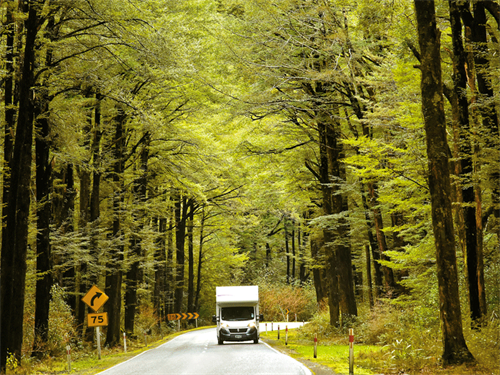
We stopped and were surrounded by virgin beech forest. The tree trunks are black with lichen and branches are festooned with hanging pale green moss. Millions of years of leaf litter on the forest floor, and the misty dampness is a paradise for mosses, lichens, fungus, and ferns. Stand anywhere and look closely and you will see a beautiful and complicated small world of growing things.
The valley flattens and the emerald pasture makes a bright addition to the darker forest greens. Blacks Point, a riverside hamlet, is the first sign of civilisation. This town burst into life in 1864 with the discovery of gold in the nearby Murrays Creek, and many of the houses are miners’ cottages that date back to these glory days. It is a cute town to stroll around, and the Blacks Point Museum on the hill has thousands of items on display, portraying the rich history of the area. A 15-minute bush walk, with bellbirds chiming, leads to a carefully maintained stamper battery—a machine that crushes rock to extract gold. It is kept in working order.
Reefton
It is a few kilometres to Reefton. What a darling town this is. We drive along Broadway, the main street, and then do an exploratory loop around the back of town. It is so entrancing that we find Reefton Motor Camp just behind Broadway, check in, and stay.
It is like stepping into a historic movie. The town is named after the gold-rich quartz reef found near here in 1866. Most of the buildings on Broadway are Victorian as are the street lamps. In 1888, Reefton was proudly the first town in the Southern Hemisphere to get public electricity. In those days, mining towns often had the latest engineering technology.
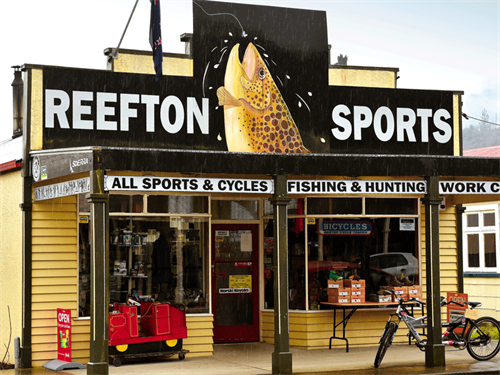
Reefton School of Mines opened in 1886. Miners learnt their trade and local schoolchildren came to learn about chemistry and geology. Today, it is a mining museum. It has an extensive vintage, technical book collection, a terrific collection of minerals from around the world, and crucibles waiting for gold nuggets to be melted and turned into blocks of bullion. It costs just one gold coin to visit.
After gold the next big thing for Reefton was coal, and until last year, there were a couple of open cast coal mines in the hills at the back of town. But because of the drop in the price of coal, they have been temporarily closed.
Reefton is, as we are told by an electrician, a town in transition. The mining has dried up, but it is becoming a wilderness playground and tourist attraction. That, he says, “is the next big thing and where the future of Reefton lies. People need to stay a bit longer, to enjoy it, and not drive through”. Yes, we agree.
Museums help fill history’s factual gaps but the best part of Reefton is the living history. Reefton Hardware sells a selection of nearly everything—earrings, wallets, make-up, postcards, and much more, besides regular hardware. As the proprietor points out, “It’s an hour’s drive to the nearest town and folk need stuff but just don’t want to do that drive.” The big fire box, in the middle of the 1880 store, is regularly loaded with logs and coal and keeps the cavernous space cosy.
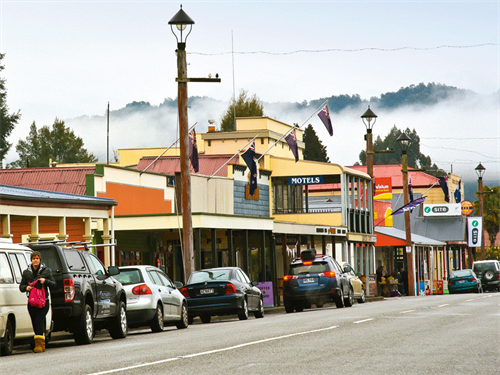
It turns out that in the cooler months, all the shops have fires burning. In Reef Cottage, which we luck upon for lunch, the owner periodically adds coal to the fire. I love the long-forgotten smell of coal smoke. The cafe has trendy, big-city food at reasonable rural prices. I have a huge bowl of delicious carrot and pumpkin soup with a slab of freshly baked bread for a mere $7.
A bit later, at the Future Dough Company, I treat myself to ginger and lemon slice from the selection of home baking.
To some extent, the heritage factor is hammed up. The Bearded Mining Company at the Miners Hut on Broadway features Gavin, Peter, and Geoff—retired miners, of course—each of whom wears a fabulously untamed beard. We sit by the fire, enjoy a cup of billy tea and watch iron and steel being shaped on the blacksmith forge. The bearded miners keep a dialogue running, including stories and jokes and bits of history. Good on them. It keeps them busy and adds interest to this funky town.
There are other excellent cafes and four pubs of different styles, from big sports-on-TV bars to one with pool tables and an elegant bar whose ambience is wine and jazz. The second hand bookshop is fun and there is a large collectables shop.
Reefton Motor Camp is a delight, with the sound of the river running over rocks lulling one to sleep and a large, well-kept kitchen and dining room with a big fire box keeping it warm. Some folk have hauled caravans here and settled in for the long-term. I understand why. This is a sweet and unique place.
Blackball
We move on. Blackball, an ex-gold and coal-mining town, 57km away, is also steeped in history. It is the birthplace of the Labour Movement, the New Zealand Labour Party, and it was a centre of workers’ militancy.
The Labour Movement began with the 1908 miners’ crib time strike that lasted for 10 weeks. During the 1913 Great Strike, Blackball miners were the last to return to work. They picketed miners in nearby Brunner and burnt down the scab leader’s house. And in 1925, the headquarters of the New Zealand Communist Party moved here.
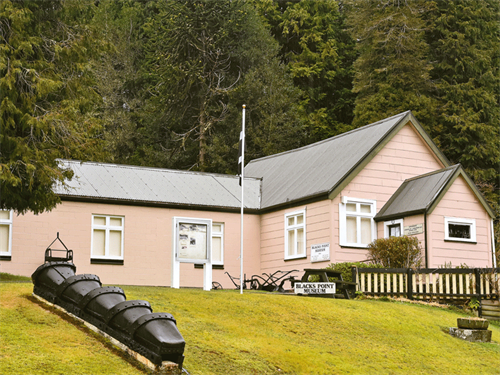
This information, and more, comes from the Blackball Museum of Working Class History. And, believe it or not, people from around the world interested in radicalism, workers’ militancy, and the history of the Labour Movement come here to pay homage.
The pit was closed in 1964 and the population has slowly dwindled from 1200 to around 300. Now, sausage is the biggest business in town. The Blackball Salami Company has won numerous sausage awards and its salamis are couriered from here to delicatessens throughout New Zealand.
The barmaid tells the story. The Dominion Hotel opened its doors in 1910, but early in this century, it was renamed Blackball Hilton, taking the name from Hilton Street, the town’s main road. The Hilton Hotel chain objected, ordering it to change the name or close down. Legal letters were exchanged, and it seemed that the Blackball Hilton had some rights to its name.
The Hilton Hotel paid the proprietor an undisclosed sum to change the name—the money paid for a much-needed, new, septic tank. The publican obligingly renamed it Formerly the Blackball Hilton.
The Blackball Hilton relishes in its heritage and the walls are covered in local memorabilia. A drink at the bar is a must, but stay longer to have a delicious meal.
Lake Brunner
Lake Brunner is silver and clouds cap the mountains behind it with wispy mist hanging in the valleys; pretty in a West Coast way. Then, just when I have become used to this wet land’s misty weather and grown fond of it, the clouds disappear and the sun shines. Sam settles our motorhome into the Lake Brunner Motor Camp and I go walking.
There is a swing bridge where the Arnold River exits the lake and this is a perfect platform to stand and watch men trout fishing. Standing thigh-high in chilly water, they widely cast their line, then wind it in slowly. They stand 30 or 40 metres apart, not talking, casting time and again.
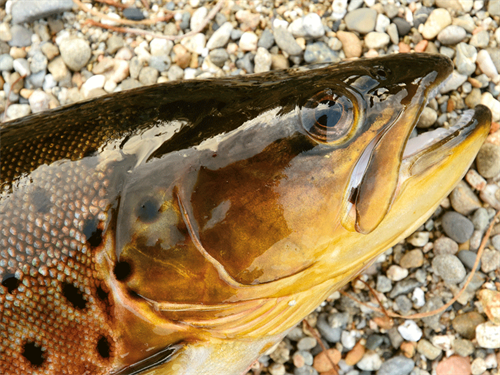
I walk around the lake edge where a gentleman washes sand off a brown trout. This is, he says, “The sacrificial one, the one that will be supper.” The other eight he caught had been released. For him, the joy of trout fishing is the thrill of the chase and the skill of the stroke, but partly, it is a reason to be in this beautiful landscape for hours.
It is exquisite with virgin podocarp forest reflected in the still water of Arnold River.
Green, gold, blue, and silver light bounce around and although the thigh-deep fishermen concentrate on their casts, I’m sure they, too, notice how lovely it is.

